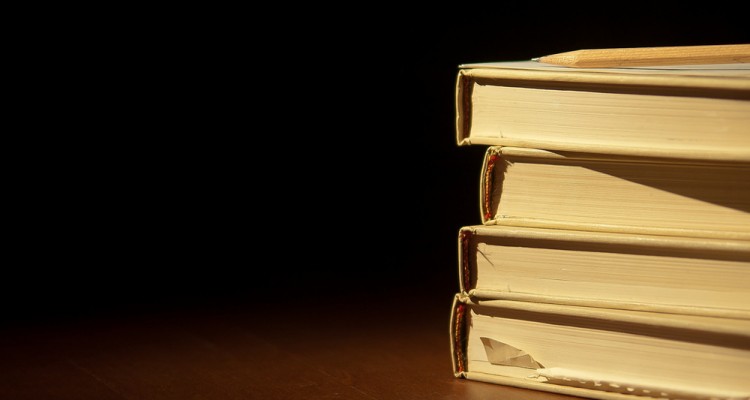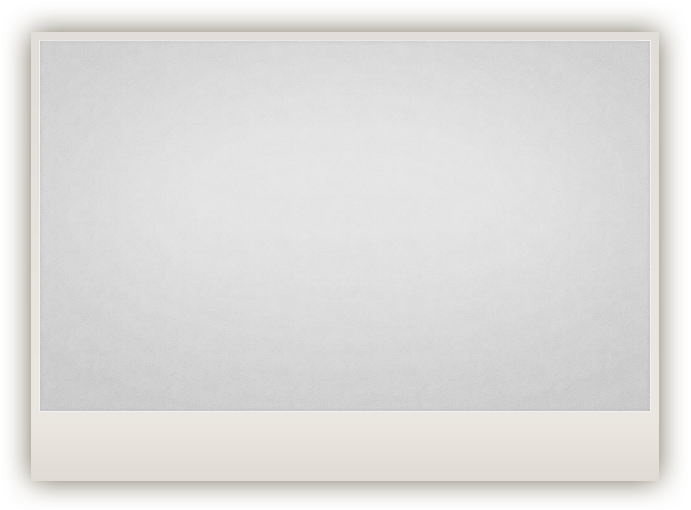A counterpart to the nonfiction stories and blogs that have flooded the web, literary representations of adoption raise important questions in the broader conversation about social identity and belonging.
Each part of the triad—adoptive parents, biological parents, and adoptees—has a distinct vantage point, and each party has different priorities at stake. And, according to the anthropologist Judith Modell, the traditional closed adoption narrative frames adoptees as if they were begotten by their adoptive parents, a move that erases the existence of biological parents in both social practice and public record. For many adoptees, the reality of dual ties to biological and adoptive parents can feel like a fiction in the face of a system that dictates otherwise.
As an adoptee myself, I imagine that I’m not alone in searching for reflections of myself in stories of adoption. Approximately six million adoptees currently live in the United States, forming an unlikely cohort with origins ranging from South Korea to Illinois. Over my past four years of studying literature as an undergraduate at University of Virginia, I’ve kept a running list of adopted characters I’ve encountered, ranging from George Eliot’s realism to Gish Jen’s deconstructed portrait of a family formed by adoption.
- Eppie Marner
Silas Marner by George Eliot (1861)
Eliot’s realistic fiction is notable for its exploration of community and displacement, but it also exhibits deep empathy for adoptive parents. When faced with the choice to return to the biological father who concealed his relationship to her or to remain tied to the adoptive father who dutifully raised her, Eppie chooses the latter. By parenting Eppie, Silas gradually emerges from a long period of reclusiveness that began when he was falsely accused of a crime. His life blossoms as he reconnects with neighbors and eventually his name is cleared. Although the story cheerfully ignores the complicated identity that most adoptees inherit, it was published in 1857, long before the Modernist obsession with individual identity and consciousness as well as contemporary psychoanalysis of adoptees. When individuals were defined primarily by their social circumstances, it made sense to characterize Eppie as a product of her adoptive father rather than her biological father. Today, most sources agree that both biological and adoptive ties are vital as adoptees develop a strong sense of identity.
- Varenka Stahl
Anna Karenina by Leo Tolstoy (1877)
If you didn’t pay close attention (or were understandably preoccupied with Anna and Vronksy’s epic romance), you may have missed Tolstoy’s brief appropriation of adoption to demonstrate the divergence between appearance and reality. Varenka, who appears in Kitty’s subplot, acts as her adoptive mother’s caretaker and is frequently mistaken for a servant. Tolstoy’s sweeping drama positions family as a central topic of concern; the novel’s opening line declares, “All happy families are alike; each unhappy family is unhappy in its own way.” Varenka’s momentary appearance adds yet another variation on the overarching theme, but more than that, her adoption undermines the legitimacy of her social standing, binding her indefinitely to a demanding caretaker without the prospect of a desirable marriage. Despite the unhappiness promised to those who are bound to biological family members, to be without a biological family appears to be a worse fate.
- Rebeca Buendía
One Hundred Years of Solitude by Gabriel Garcia Marquez (1967)
Like Anna Karenina, One Hundred Years of Solitude delves deeply into family dynamics, including adoption. Orphaned mysteriously and dubiously connected to the Buendía family, Rebeca arrives abruptly in Marquez’s multigenerational epic, carrying a sack containing her parents’ bones. Trauma has left Rebeca a strange, ethereal child with a habit of eating dirt and paint. Rebeca ultimately marries her adoptive brother José Arcadio upon his return from traveling the world and recedes to the fringes of the story after his death, but her inexplicable arrival and those rustling bones remain some of the novel’s most vivid and memorable details. Like Lars Andeming (see below), Rebeca’s adoption story is rooted in conflict and loss, and without any resources for understanding the truth of her predicament, Rebeca is cut off from the information that could help her heal.
- Lars Andeming
The Messiah of Stockholm by Cynthia Ozick (1987)
Like many adopted children in Sweden, Lars arrived in Sweden as a presumably orphaned refugee. Lars’ orphan status reflects, as anthropologist Barbara Yngvesson argues, a Swedish nationalism that requires a “clean break” adoption process through which an adoptee’s biological family is erased. Yet, Yngvesson’s ethnographic work also found that the legal fiction of adoption, which erases biological parents from the public record, “left traces that would haunt the adoptive family and adoptive nation.” This is certainly true in The Messiah as Lars increasingly embraces an imagined story of his biological link to famed surrealist Bruno Schultz, who met an untimely and arbitrary death at the hands of a Nazi soldier. Lars demonstrates deep curiosity about his origins that many adoptees share, as well as the ways unanswerable questions that can threaten to destabilize personal identity.
- Lizzy Wong
The Love Wife by Gish Jen (2004)
Jen’s third novel features five first-person narrators, two of whom are adoptees. By removing a consistent narrative voice, the family functions as five distinct individuals, allowing a family to narrate their story collectively. The family is portrayed as a work in progress, always unfinished and open to simultaneous fragmentation and reorganization.
Subverting the marriage plot entirely, the sequence of plot events begins when two strangers are united by an abandoned infant, instantly forming a family. Unlike the other stories in this list, The Love Wife examines the racial complications of adoption, offering poignant moments between Lizzy, the Wong family’s adopted daughter of unknown Asian American origins, and her Caucasian mother, who is nicknamed Blondie. “Why shouldn’t I bleach my hair?” Lizzy asks at one point. “Why shouldn’t I be blond when my mother is blond?” The novel’s year of publication also marked a peak in the number of adoptions (22,991) that took place in the United States before a steep decline began.
Bonus: Margot Tenenbaum
The Royal Tenenbaums (Wes Anderson, 2001)
Although The Royal Tenenbaums is a film, Margot’s storyline is a surprising instance of an adopted character occupying a central role in the action. Margot is alienated from the rest of the family by her adoptive father, Royal, who never fails to introduce her as “My adopted daughter, Margot.” Margot grows up to become a playwright, and a secret trip to visit her birth family results in the loss of half of one of her fingers. In a plot that echoes One Hundred Years of Solitude, Margot’s adoptive brother travels the world in an attempt to forget his passion for her. Reunited by their father’s faked terminal illness, Margot and Richie admit their love for one another, but ultimately social taboo keeps them apart. Their tragic love story runs parallel to the greater tragedy of their family’s strained relationships. Margot possesses a genius for creating new fictions, significantly a play about her adoptive family that mirrors the film itself. The self-conscious styling of Margot as a producer of fiction echoes Yngvesson’s observation that adoption results in birth certificates that rewrite adoptive parents into a biological role, public records that erase people, and sealed records that omit facts about many adoptees.
Although the relaxation of social stigmas surrounding adoption in the United States has opened dialogue about adoption, there are still relatively few stories featuring adoptees as main characters. Modernism’s thematic interest in individual identity and postmodernism’s interest in deconstructing social and economic forces have laid a strong groundwork for future stories about the challenges of identity and the complicated kinship networks that adoptees face. More than symbolic representations, these characters collectively stand in for stories that have yet to be told.
Further Reading:
- Intercountry Adoption, U.S. Department of State
- “Refiguring Kinship in the Space of Adoption” by Barbara Yngvesson, Anthropological Quarterly
- Imagining Adoption: Essays on Literature and Culture, edited by Marianne Novy
- A Sealed and Secret Kinship by Judith S. Modell
- The Lost Daughters of China by Karin Evans
- “Why a Generation of Adoptees Is Returning to South Korea” by Maggie Jones, New York Times
- Adoptees Like Me ‘Flip the Script’ on the Pro Adoption Narrative by Laura Barcella, New York Times
Image credit: Christopher via Flickr






